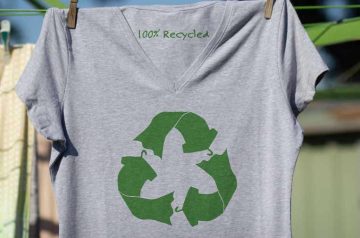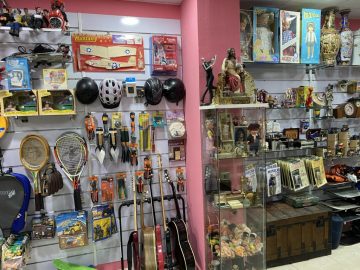
Second hand, the most sustainable purchase.
It seems incredible that only 3 years ago second hand was something that we socially accepted as “shabby”, it was reserved for people without resources and we did not even think of giving away something that had passed through other hands.
We were far from the European philosophy of countries such as the United Kingdom where this form of consumption is ingrained in the culture itself.
It was at the end of 1996 when the first establishments of this type arrived in Spain, while second-hand stores had already existed in Europe, Australia and the United States since the early 1980s.
Spanish society started with less tradition in this type of market, which grew timidly every year, but suddenly the pandemic arrived and made us rethink our way of life.
We realized that we could live better with less, that our model of consumerism is not sustainable and that we owe a great debt to our planet.
Spanish society underwent a major turning point in its consumption habits, and today, three years later, we are still evolving towards a new market at the pace of greater environmental awareness.
Sustainable purchasing
People who opt for second hand are no longer just doing it to save money, but a new motivation has entered the game: sustainable purchasing.
We are happy to do our bit for the circular economy and support it with second-hand purchases/sales. Concern for the Planet, in crescendo, is attracting to this market consumers who want to extend the life of items to avoid new manufacturing.
In addition to being more environmentally conscious, other reasons that have helped us mature as responsible consumers have been the fact of being aware of savings, the return to a taste for vintage, and undoubtedly the Internet, which has facilitated the exchange of these products, with the proliferation of platforms.
More and more people have managed to curb their eagerness for brand new products and are considering a more sustainable consumption that involves betting on second hand when buying products, but also by extending the life of those items we have at home and do not use by reselling them.
To point out just one fact, in 2022 the number of consumers who made second-hand purchases grew by almost 10% compared to the previous year, according to our company’s internal data.
Evolution of the second-hand market
The second-hand market has matured dramatically in the last three years. We now find a multitude of products in each category, to the point that it is difficult not to find the used form of any product.
The image of a relic bazaar has disappeared. The consumer is looking for a current product in good condition, such as a smartphone of a certain brand, a television, a PC or a console that has recently gone on sale.
In fact, consumer electronics is one of the best-selling categories in physical stores and second-hand platforms.
Circularity is no longer something exclusive to second-hand buying and selling companies, and this is a clear symptom of the awareness of other forms of consumption.
Every day we read in the press how giants of the sectors join this proposal betting on spaces in which to accommodate the second hand.
The second-hand market will continue to evolve and with it the profile of consumers, who are already beginning to demand items that have already had a life that include the same guarantees as a new one.
In this regard, product certification is becoming increasingly important and is a prerequisite for the good development of this sector.
Promoting a change in consumer habits to achieve a more sustainable world in economic, social and environmental terms involves dignifying the second hand and destroying the mental barriers that still exist among buyers.


